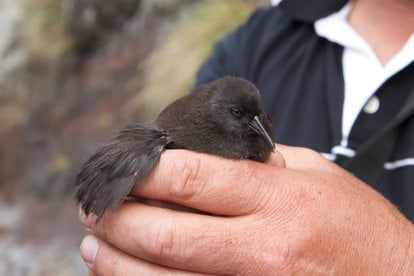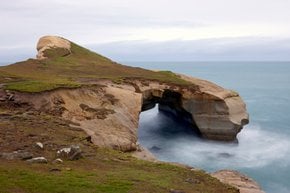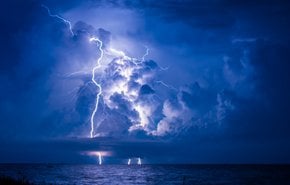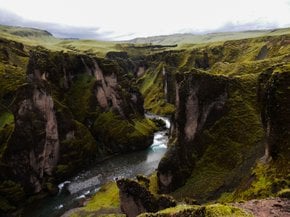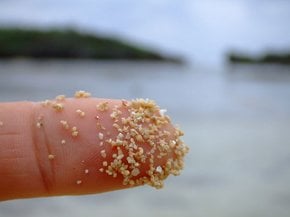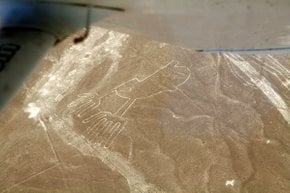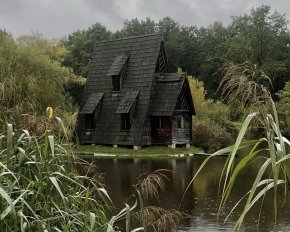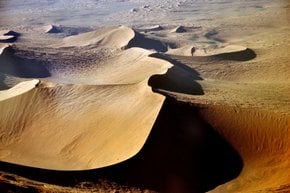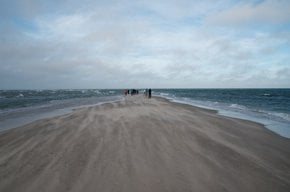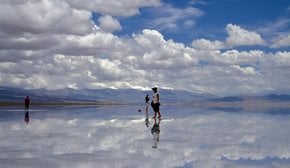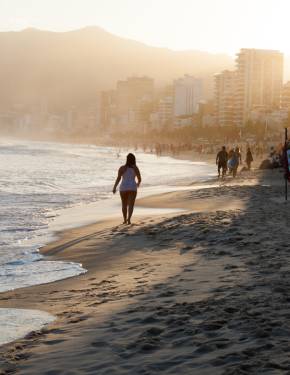Inaccessible Island in Argentina 2025
Would you venture out to this remote place in the middle of the South Atlantic Ocean?
Best time: March 23–April 15, 2025
Inaccessible Island, part of the remote Tristan da Cunha archipelago in the South Atlantic Ocean, offers a rare glimpse into untouched nature. Known for its rugged cliffs and unyielding terrain, this extinct volcanic island is a UNESCO World Heritage Site and a haven for unique wildlife. Though its name reflects its challenging access, adventurers and nature enthusiasts might find it a worthy destination for its pristine beauty and ecological significance.
Cruises to Inaccessible Island
Visits to Inaccessible Island are rare and typically require a guided tour. Oceanwide Expeditions organizes boat cruises to the island, usually from late March to early April. Starting in Ushuaia, Argentina, these journeys explore the Tristan da Cunha archipelago, including destinations like the rugged Inaccessible Island.
The Atlantic Odyssey cruise, a far-ranging expedition that sails the breadth of the Atlantic, is one such option. This cruise visits some of the remotest islands, crossing the migratory paths of Arctic Terns, Long-tailed Skuas, and various whales. The cruise dates for 2025 are from March 23 to April 15, with berths starting from €4700. Another cruise for 2026 runs from April 1 to April 24, with berths starting from €8250. Landing on Inaccessible Island is restricted to designated areas like Port David, and itineraries often include nearby islands to enhance the experience.
Travel Logistics
Getting to Inaccessible Island requires careful planning. Most tours depart from Ushuaia, known as the "Gateway to Antarctica." Travelers often use this opportunity to explore Patagonia’s stunning landscapes before embarking on their South Atlantic adventure. Ushuaia offers accommodations and dining options to cater to visitors preparing for the long journey.
Due to the lack of infrastructure on the island itself, travelers should be prepared for minimal amenities. Overnight stays on the island are not possible, and visits are limited to a few hours under strict ecological guidelines. For those seeking additional activities, the Tristan da Cunha archipelago provides hiking, birdwatching, and insights into its small, resilient community.
Wildlife and Natural Features
Inaccessible Island, spanning just 5.5 square miles (14 sq km) alongside Gough Island, is a protected wildlife reserve and a UNESCO World Heritage Site, home to unique flora and fauna. Most notable is the Inaccessible Island rail, the world's smallest flightless bird, found only here. Feeding on worms, beetles, and grubs, this endemic species thrives in the island's isolated environment. Due to the infrequency of tourist visits, which are limited to certain beaches or grassy lowlands, the rugged natural beauty of the island is likely to remain untouched and pristine forever.
History
Discovered in 1656 by Dutch explorers, the island was initially named Nachtglas ("night glass"). Its current name reflects the difficulty of access, which thwarted settlement attempts over the centuries. Despite some early infrastructure efforts, the island has remained uninhabited since 1873. The closest settlement, Edinburgh of the Seven Seas, is on Tristan da Cunha, about 28 miles (45 km) northeast. The region’s historical isolation has helped preserve its natural landscape.



